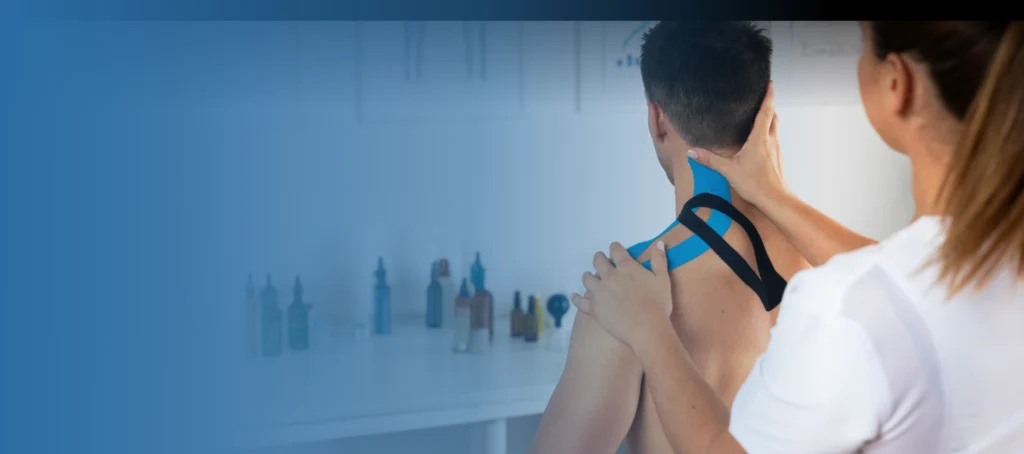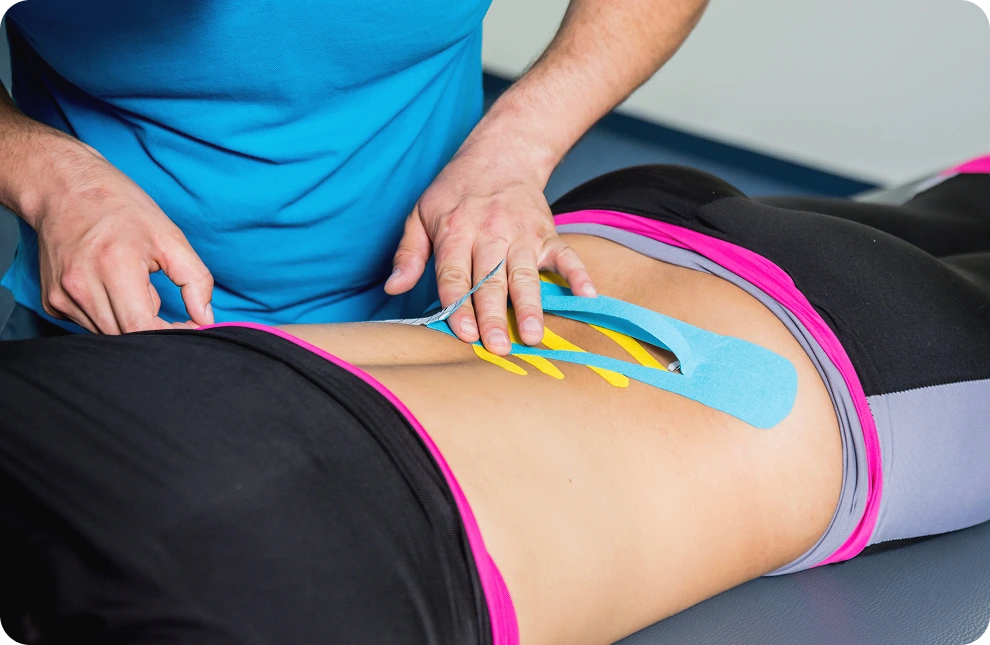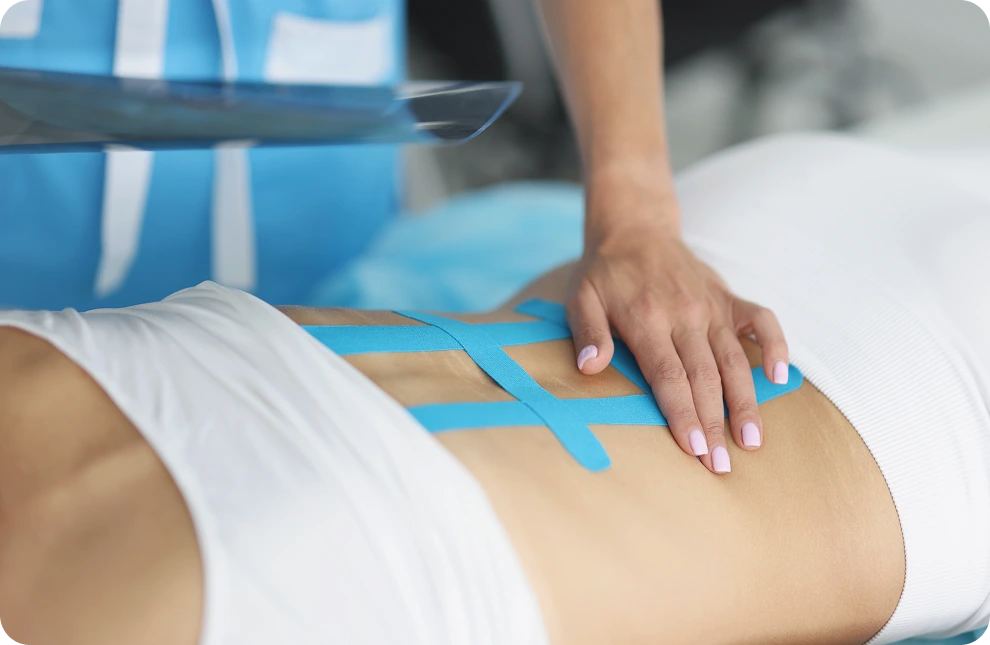South Tampa Chiropractic Clinic offers expert kinesiotaping services to complement comprehensive musculoskeletal care. This specialized technique addresses individual movement patterns and recovery needs. Every application reflects precise attention to optimizing support while maintaining natural mobility. Dr. Suzi Desai emphasizes thoughtful, patient-specific techniques informed by extensive clinical experience. Results often include enhanced comfort and improved function throughout daily activities.


The consultation for kinesiotaping involves a thorough assessment of the individual’s condition, including an evaluation of muscle function, joint mobility, and areas of pain or discomfort. During this process, our trained practitioner determines the most effective taping technique tailored to the specific needs and goals of the patient. The consultation also includes discussing any medical history or allergies, ensuring the use of latex-free tape when necessary to provide a safe and personalized treatment plan.
Kinesiotaping therapy typically lasts three to five days per application, depending on factors such as skin type, activity level, and taped area. The tape is designed to remain effective through daily movement and exposure to water, allowing continuous support and pain relief throughout this period. After removal, the skin usually requires a short break before the tape can be reapplied safely.



The cost of kinesiotaping in Tampa ranges from $30 to $75 per session, depending on the practitioner and specific treatment needs. Factors such as the extent of the affected area and the duration of therapy can influence the price. Many clinics offer packages or combined treatment plans that may help manage overall expenses while providing consistent care.
